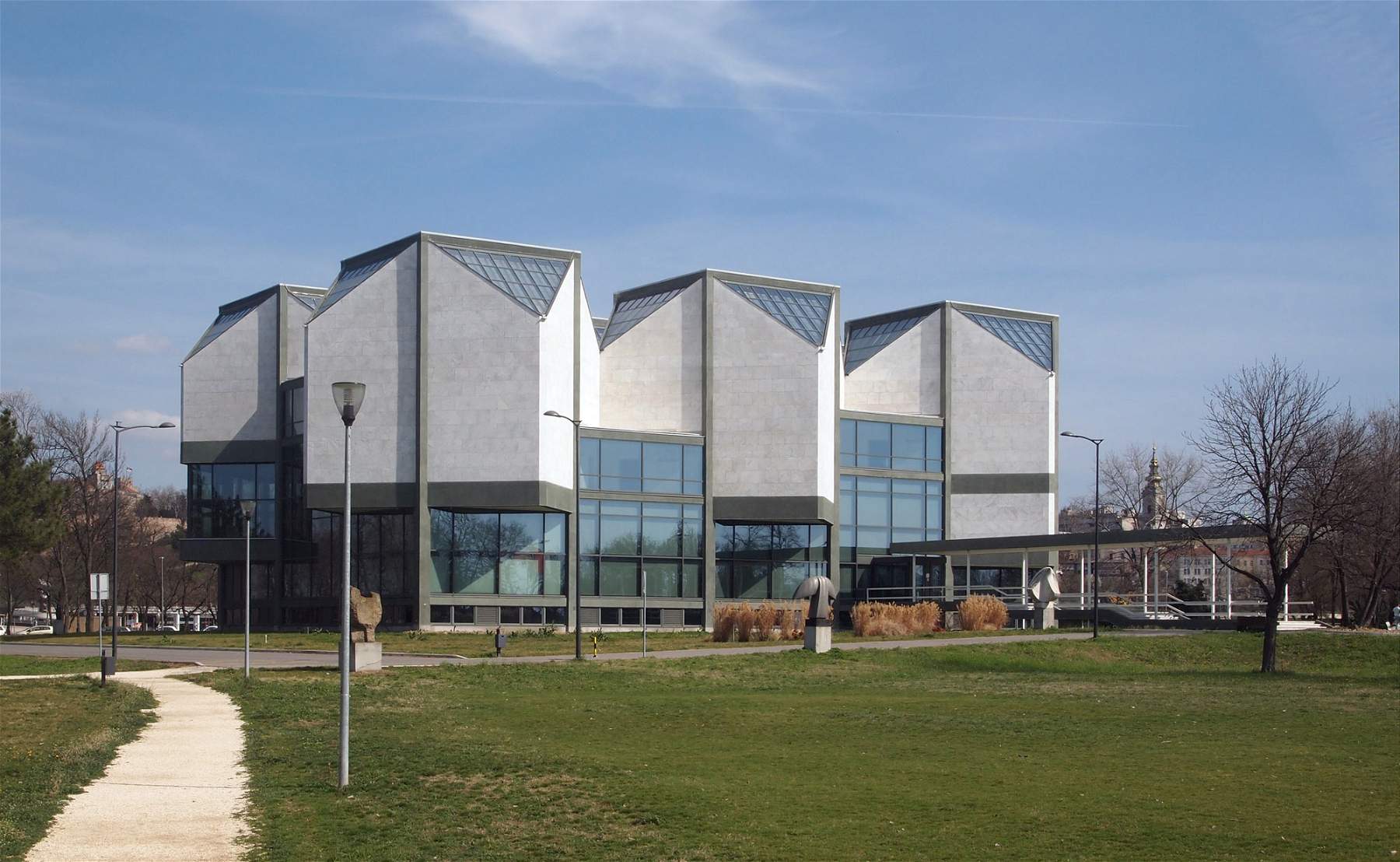Belgrade Museum of Contemporary Art damaged by policy choices
The Museum of Contemporary Art in Belgrade (MoCAB) is being damaged by local political choices, CIMAM, the International Committee of Museums of Modern and Contemporary Art, the leading international body representing museums with collections of ancient and contemporary art, denounces. MoCAB, CIMAM points out, reopened its doors on October 20, 2017, after a 10-year renovation, to great public enthusiasm, which welcomed the reopening of one of Serbia’s most important museums. But in the aftermath of the event, the situation has not been the brightest, and the problems involve the museum’s leadership: “the acting director, Slobodan Nakarada,” reads the CIMAM memo, “lobbied the Ministry of Culture to open the call for a director, but it took until January 2019 for the MoCAB statute to be amended to allow any professional with five years of experience to participate in the call.” Out of the four candidates proposed to the Ministry of Culture who were responsible for the appointment (former director Nakarada, chief curator Zoran Erić, art historian Branislav Dimitrijević, and painter Vladislav ŠÄ‡epanović), Vladislav ŠÄ‡epanović had been chosen in March 2019, but without it being formalized.
Nakarada was removed from the post in January 2020, without further explanation, and in his place Serbian Prime Minister Ana Brnabić appointed artist Viktor KiÅ as acting director. KiÅ was chosen at the initiative of the “Council for Creative Industries,” which is described in the CIMAM memo as “an alternative ministry of culture created by the prime minister.” The Serbian authorities, the statement goes on to explain, “did not provide adequate reasons, legal or otherwise, to explain why the results of the call for proposals were ignored, nor did they explain why the competition process was suspended. Following these events, the president of MoCAB and one of the members of the scientific committee resigned, and a note of protest was published in the media against what, to the eye of the community of local specialists, appeared to be interference by politics.”
As a result, CIMAM says it is “deeply concerned about what appears to be the abandonment of good practices in the acquisition of competent leadership, and about the fact that improvised solutions have been favored that have destabilized an institution fundamental to the country’s cultural identity.” Serbia and, in general, the entire region of the former Yugoslavia have “an important community of artists and an educated public,” the note continues, “who deserve a functioning contemporary art museum. They have specialists who can provide the experience needed to run the Museum of Contemporary Art in Belgrade.” CIMAM concludes by appealing for a return to the shortlist for the 2019 call for proposals, “so that a director will finally be appointed who has responsibilities and skills that will lead to stability.”
Pictured: the Museum of Contemporary Art in Belgrade.
 |
| Belgrade Museum of Contemporary Art damaged by policy choices |
Warning: the translation into English of the original Italian article was created using automatic tools. We undertake to review all articles, but we do not guarantee the total absence of inaccuracies in the translation due to the program. You can find the original by clicking on the ITA button. If you find any mistake,please contact us.




























